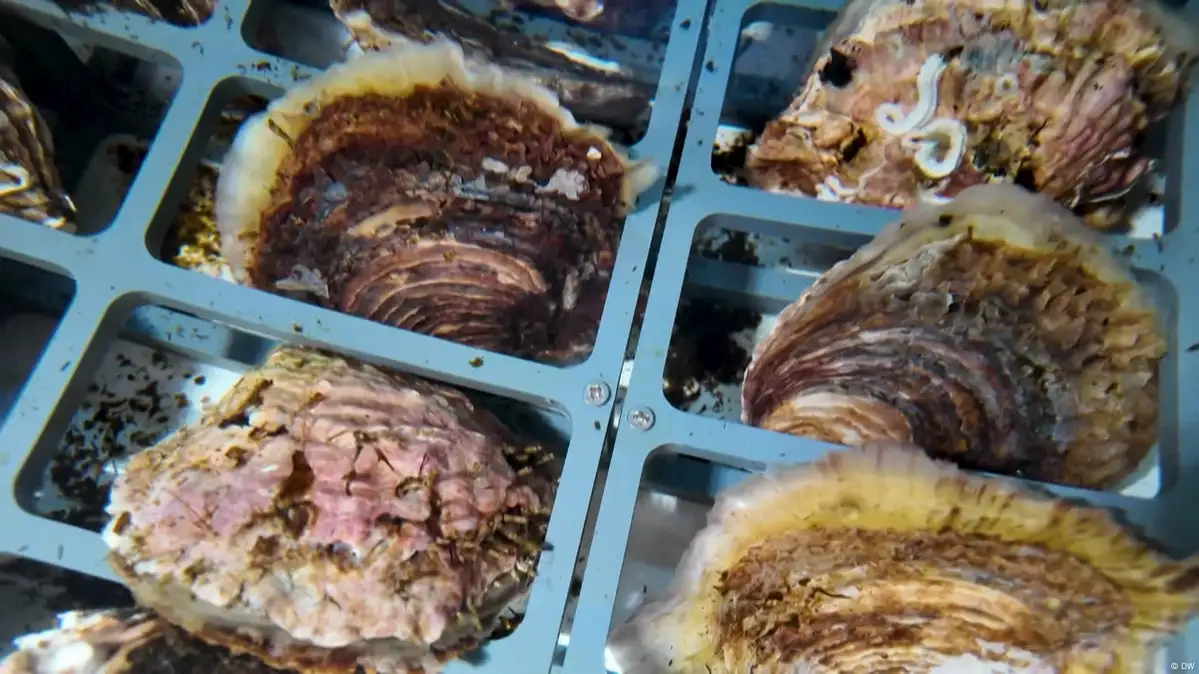In a lab filled with clean seawater tanks, a vital mission is underway: reviving the European flat oyster population. These oysters, once abundant across the North Sea, Mediterranean and Atlantic coasts, have been nearly wiped out by overfishing and parasites like Bonamia ostreae.
Now, thanks to the NORA project and its Belgian branch Belreefs, scientists and engineers are working to restore these lost oyster reefs. The goal is not just to bring back oysters, but to rebuild entire ecosystems that once thrived around them.
Oysters as ecosystem engineers
Lead engineer Vicky Stratigaki explains that the project began with 200,000 young oysters, carefully nurtured and settled on clay brick reefs. Though only a fraction will survive the first two years, those that do will reproduce and expand the reef, supporting marine biodiversity.
These oysters are more than just shellfish — they're natural water purifiers, each filtering up to 200 liters (52 gallons) of water daily. Their reefs provide breeding grounds for other marine species, making them essential to the health of the ocean. The young oysters are transported 30 kilometers (about 18.5 miles) offshore to a no-fishing zone near a historic shipwreck, where they'll begin their new lives.
While the journey to full restoration will take decades, the impact of these efforts has already been promising. The oyster reefs offer a sustainable solution to pollution and biodiversity loss in the North Sea. Stratigaki and her team hope that one day, choosing to protect and rebuild with nature will become the norm.
For now, each oyster placed in the sea is a small step toward healing the ocean — proof that even the smallest creatures can make a big difference.
This video summary was created by AI from the original DW script. It was edited by a journalist before publication.
